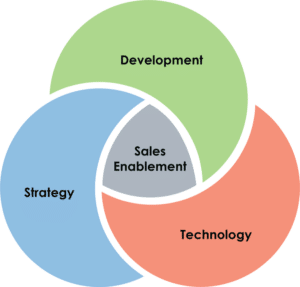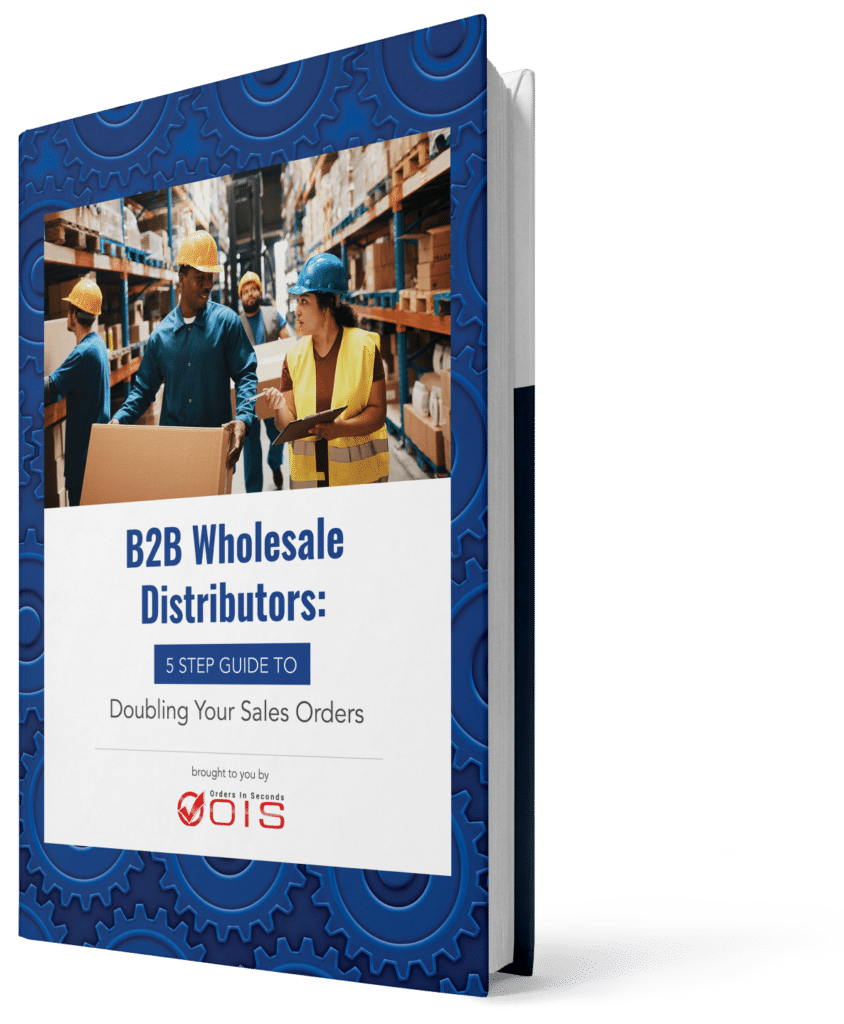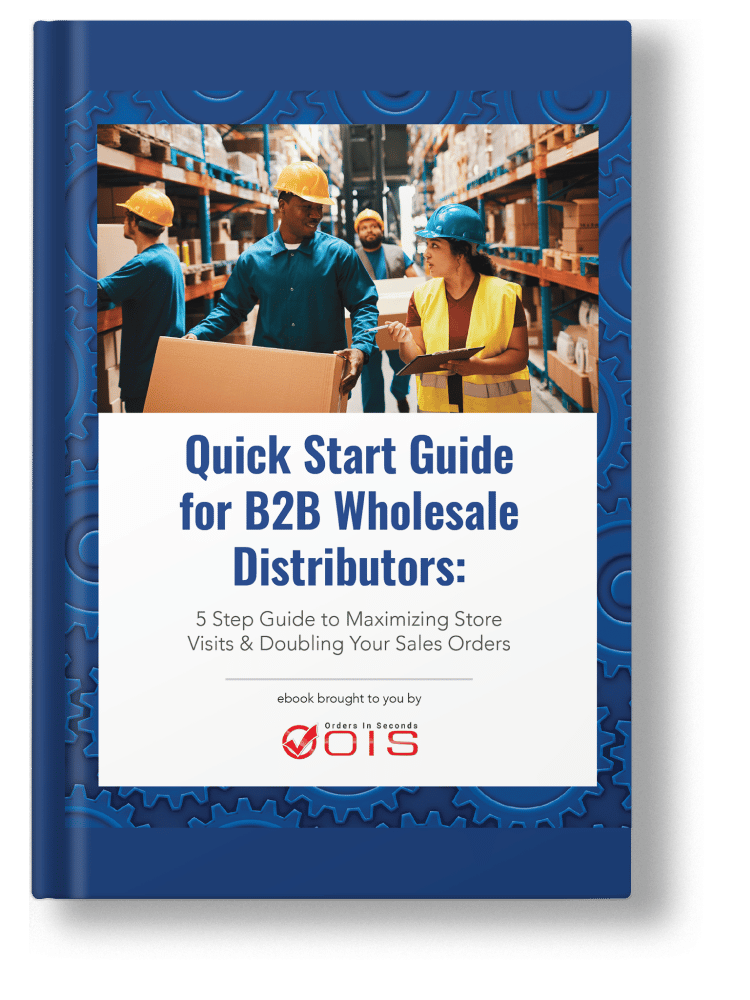Sales Enablement Definitions and What does Sales Enablement Mean?
Sales enablement means training your sales department to sell. You coach the sales teams, educate them with trainings, product information and certifications, and bring them together at events like sales trainings. It’s anything you can do to help them close more deals and faster.
The best sales enablement strategy involves not only marketing and sales teams, but all customer-facing roles. This includes customer support and field sales representatives that implement the training programs and sales force automation needed to drive initiatives going forward.
Sales enablement equips those in customer-facing roles with the necessary sales tools and materials to effectively engage with clients and prospects.
What is the Difference Between Sales Enablement vs Sales Effectiveness?
Sales enablement meaning is the process of providing the sales organization with the information, content and tools that help salespeople sell more effectively.
Sales effectiveness is the process of identifying and implementing the right sales tasks, activities, and methodologies to produce the best possible sales outcomes and the best or most-effective practices for each task or activity.

5 Key Components of Successful Sales Enablement Best Practices
A successful sales enablement best practice guide can have a huge impact on an organization. The goal is to increase conversion rates by providing real value to the customer. For this purpose, sales enablement services equip sales professionals with relevant information for the sales process, helping them identify what they need to do next to increase the likelihood of closing the deal.
Here are the five components that sales enablement features should include:
1. Training and Coaching – Training and coaching are essential for sales enablement to be effective. Through training, sales reps develop the necessary soft skills and learn what they need to know to close more deals, from the products they are selling to the buying personas.
2. Content – Sales enablement content is a critical part for a successful sales enablement process. According to the principles of sales enablement, salespeople should deliver value in every interaction with the customer, and to do so, they need to have the right content available at each step of the process.
3. Tools – There is a great number of sales enablement tools with different functionalities in the market that aim to support the sales process: sales enablement software, content management, communication, prospecting tools, CRM and sales management tools and coaching tools. Having the right sales enablement technology tools in place will allow your sales teams to work more effectively, shorten the sales cycle, and close more deals. But be careful: investing in new technology only makes sense if the implementation effort doesn’t exceed the outcome.
4. Strategy – Successful sales enablement begins with a strategy that brings all these components together and aligns them with the company’s vision and core message. You can have the best tools, give your salespeople regular coaching and training at the right time, and develop quality sales content. All these initiatives won’t bear any fruits if you don’t have the right strategy in place.
5. Metrics – A sales enablement strategy cannot be based on gut feeling. That is why you need metrics. Metrics are important to understand where your marketing team and sales team need more support, allowing you to provide the right training, content, and tools, or even make changes in the overall strategy if needed. Some key sales enablement metrics include win rate, average sales cycle length, average deal size, and sales productivity for the team as a whole and each salesperson individually.
What Exactly Does Sales Enablement Do?
Sales enablement professionals may manage or work on a number of projects at any given time.
When we ask companies what their sales enablement programs and functions do, the top four responses are – provide guidelines for using sales assets (78 percent of respondents reported this as one of enablement’s responsibilities), share enablement best practices (73 percent), build sales assets (71 percent) and develop product training (68 percent) – reflecting the function’s legacy of supporting product marketing. But more than 50 percent report that the function contributes to various sales effectiveness areas (delivering sales effectiveness training, selecting and deploying sales technology, managing sales communication). This indicates that the function’s role is broadening from providing sales assets to ensuring that reps are competent in using those assets. Based on client feedback, we also see new rep onboarding as a key responsibility of enablement.





